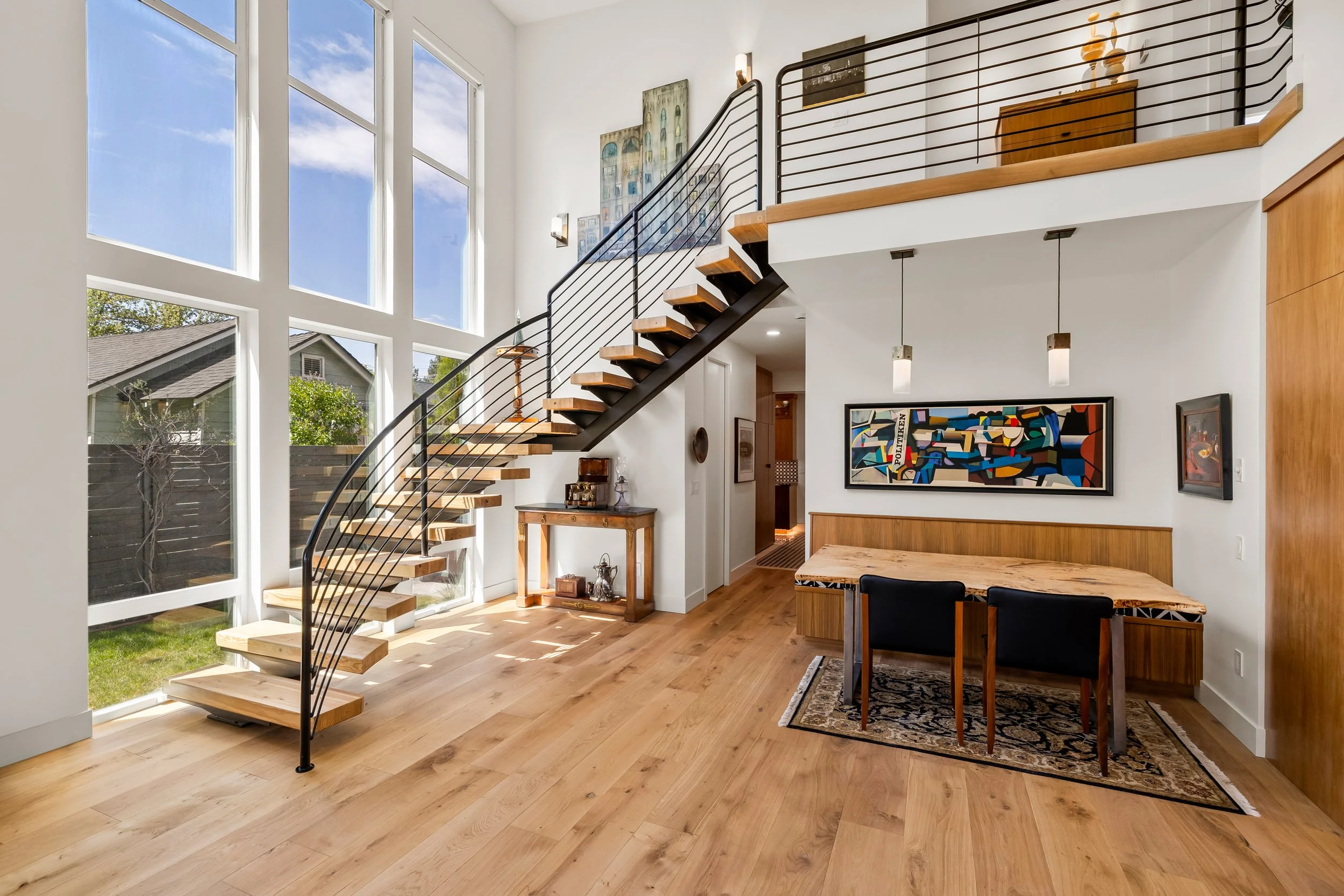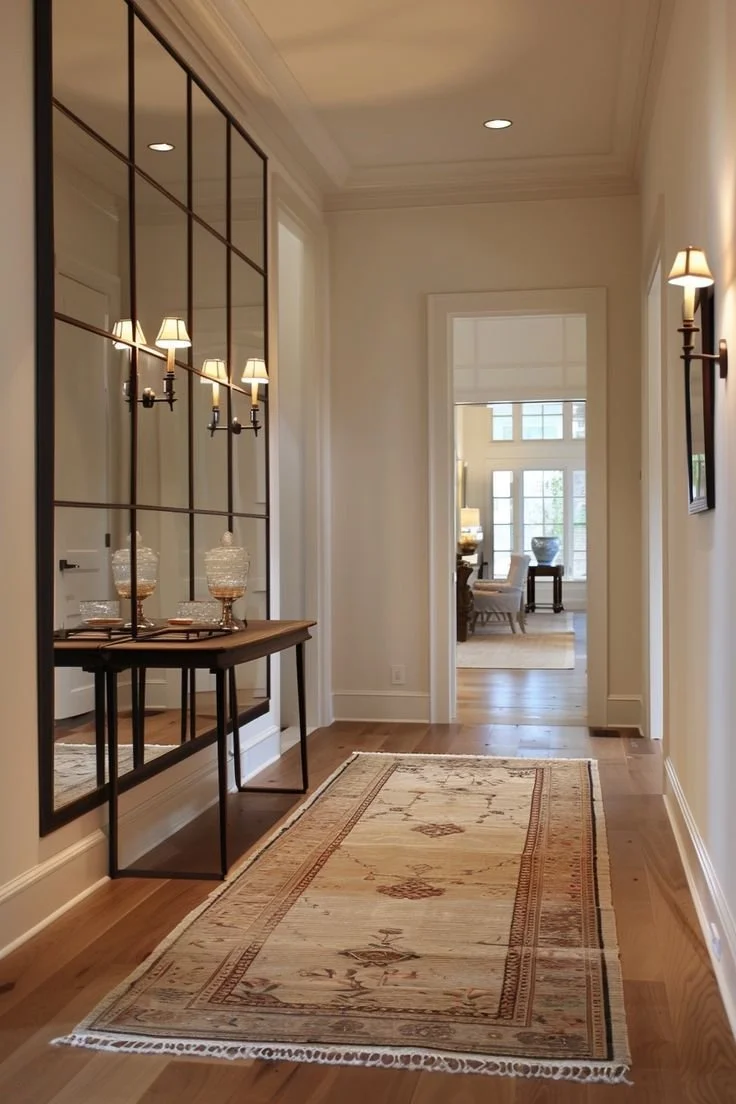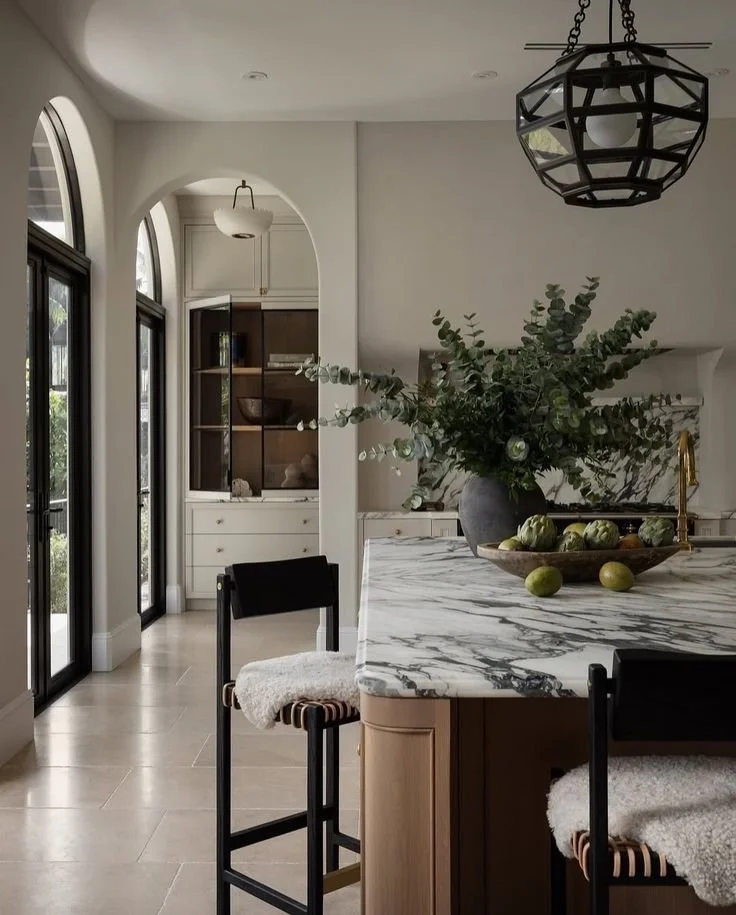One of the first things I notice when I walk into a space—before color, before furnishings—is the light. And here in Bend, we get the best kind of challenge: that high desert sunlight that streams in golden at sunrise, then shifts into bright white by midday. Some rooms soak it in; others seem to hide from it. I’ve learned to work with all of it.
I love designing with daylight in mind. Not just for aesthetics, but for the way natural light can shape how a space feels—energizing in the morning, warm and cozy in the evening, calming as it moves across the walls during the day.
So whether you’re dealing with a sun-drenched great room or a north-facing bedroom that always feels a bit dim, here are some of the ways I maximize natural light in my Central Oregon projects—and my own home too.




